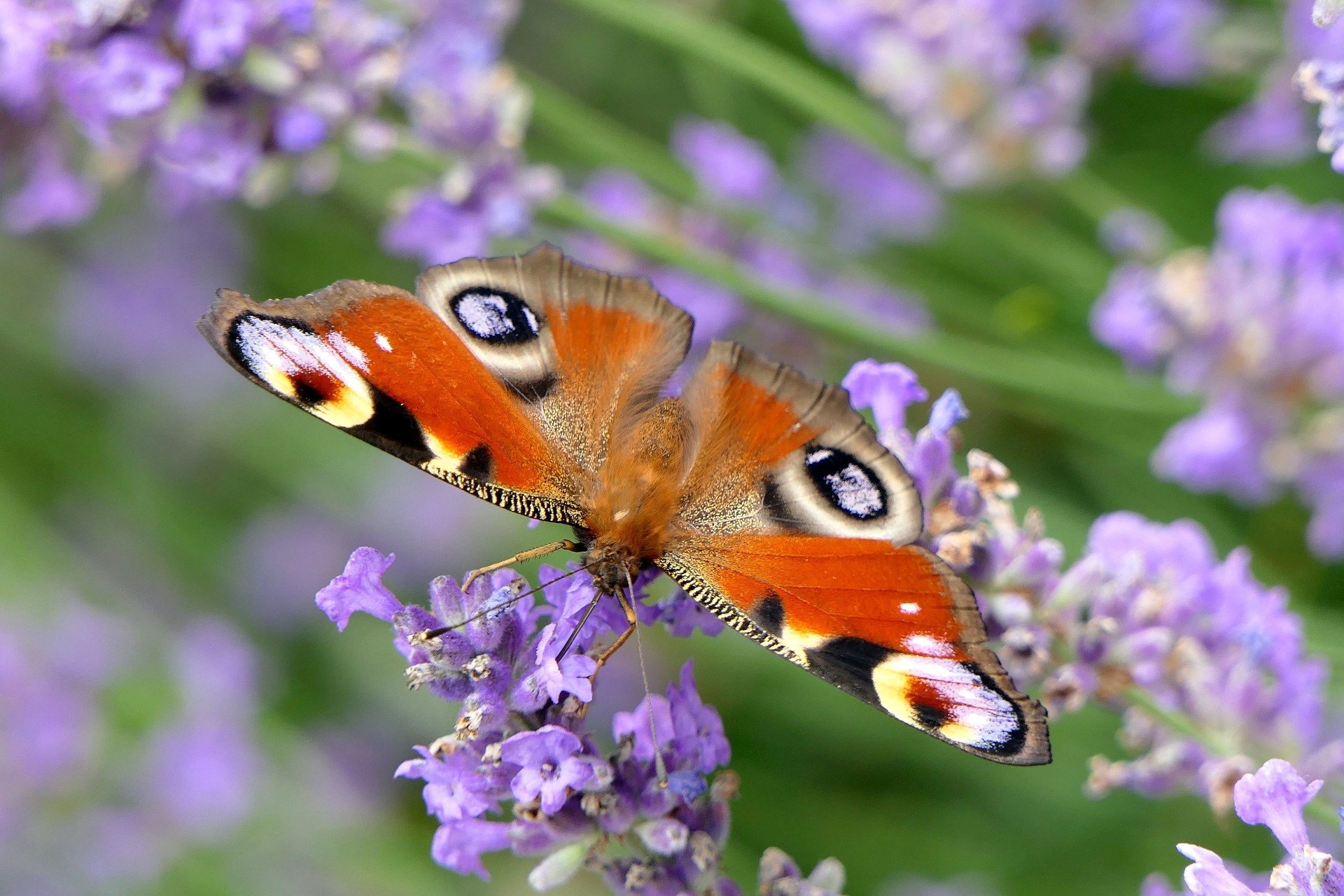What do butterflies eat?
Despite the fact that there are hundreds of distinct butterfly species, most appear to have the same feeding preference: nectar, a sugary fluid produced by plants. Almost all butterflies feed on flower nectar. Butterflies, on the other hand, are choosy about which blossoms they approach.
Butterflies have a long tongue known as proboscis that they can coil and unclench to sip nectar like a straw. Butterflies are mostly constrained to a liquid diet due to their straw-like mouthparts. Butterflies suck delicious nectar and pollen via proboscis. Butterflies are regular attendees to colorful gardens. They aid in the pollination of plants while also being visually appealing. Butterflies consume with their proboscis, which is a tube that functions similarly to a straw but taste with their feet. It sounds strange, but it is a fact.
Some of their favorite foods are as follows:
Nectar is the butterfly's principal dietary source. It feeds on the nectar of plants and flowers. They enjoy flowers that are in a sunny yet protected location. If you're planning a butterfly garden, aim to incorporate plants that bloom throughout the season. From spring to early autumn, this method will ensure an uninterrupted food supply to butterflies and will compel them to become a regular visitor.
Nectar-rich plants to take into account for the garden involve:
• Verbena: A tall shrub with many purple blossoms on wiry stems.
• Hebe: This is a year-round plant with blooms that attracts butterflies in the summertime.
• Perennial Wallflower: From springtime until October, this plant produces lovely purple blooms.
• Buddleia: Also known as the "butterfly bush," buddleia blooms in July and August and offered in a range of shades.
• Marjoram: This is a herbaceous plant that may reach a height of 80cm. From June through September, whitish, pinkish, or purple blossoms emerge.
Sugar Solution
When butterflies first emerge from their chrysalises or from dormancy in the spring, they are generally lethargic. If you ever come across a lethargic butterfly, you can help her to gain strength and feel lively. What all you have to do is- prepare a sugar mixture by adding some sugar to boiled water and then cool it down. Then absorb up the solution using a bright colors sponge. The butterfly will drink the syrup from it and get the necessary strength to take a flight.
Old Fruit
Butterflies adore sweets. In addition, throughout the fall months, a sweet boost can allow them to remain healthy and active. If you want to prepare an autumn banquet for the butterflies, put out an overripe bananas. If you have fruit trees in the garden, you may also leave falling fruit on the floor. Butterflies appear to have a preference for peaches, plums, and apples.
Muddy Puddles
Butterflies get their nutrition from the carbohydrates in pollen and fruit. However, butterflies do require some additional nutrients as well. That's why you'll occasionally notice them swarming around dirty puddles. They take in certain nutrients and sodium from the ground by drinking from the puddles, which are considered to be necessary for development. By placing a couple of these feed ingredients in the garden, you can entice butterflies for the entire season, transforming it into a celebration of colorful and vitality.
#howtofeedabutterfly #dobutterflieseat #feedingbutterflies #whattofeedmonarchbutterflies #butterflydiet #whatdomonarchseat #whateatsbutterflies #butterflieseat #whattofeedbutterflies #howdobutterflieseat

1
- Report this post
 Yoors
Premium
Yoors
Premium















